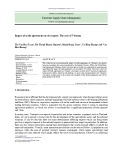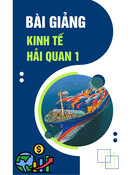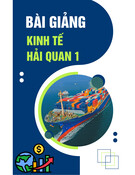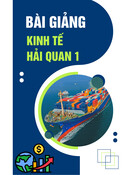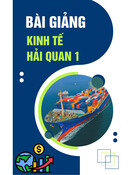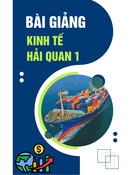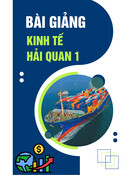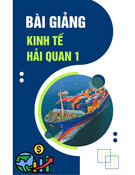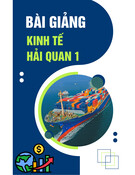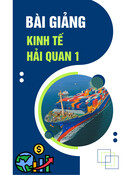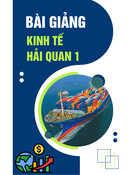
* Corresponding author
E-mail address: manhdung@ktpt.edu.vn (M. D. Tran)
© 2019 by the authors; licensee Growing Science.
doi: 10.5267/j.uscm.2019.2.001
Uncertain Supply Chain Management 7 (2019) 727–740
Contents lists available at GrowingScience
Uncertain Supply Chain Management
homepage: www.GrowingScience.com/uscm
Impact of trade agreement on rice export: The case of Vietnam
Thi Van Hoa Trana, Thi Thanh Huyen Nguyenb, Manh Dung Trana*, Vu Hiep Hoanga and Van
Hoa Hoanga
aNational Economics University, Vietnam
bThuyloi University, Vietnam
C H R O N I C L E A B S T R A C T
Article history:
Received January 5, 2019
Received in revised format
February 12, 2019
Accepted February 20 2019
Available online
February 21 2019
This study focuses on measuring the impact of trade agreements on Vietnam's rice exports
based on secondary data sources produced by the General Statistics Office, the World Bank,
and International Monetary Fund. Structural gravity model was employed for analyzing and
quantifying the impact of trade agreements on rice export of Vietnam. The results show the
impact of Trade Agreements on Vietnam’s rice exports is relatively low and not all Agreements
bring positive effects. Based on the findings, we give some recommendations for Vietnam's
rice export to adapt more to the contents and standards of the Trade Agreements and will be
participating in the future.
., Canada
by
the authors; licensee Growin
g
Science2019 ©
Keywords:
Export
Rice export
Trade agreement
Vietnam
1. Introduction
Economists have affirmed that the development of a country can begin only when the agricultural sector
has been able to create surpluses and kept expanding while the industry sector is developing (Meijerink
and Roza, 2007). However, in practice, surpluses will not be useful and can never be expanded without
trading between countries, which is especially true for Asian countries when it comes to exporting
agricultural products, in which rice always is accounted for a significant proportion of both quantity
and value.
In recent years, Vietnam's rice exports in particular and Asian countries in general such as Thailand,
India, etc. have played a crucial role for the development of the agricultural sector and the national
economy. It can be seen that there are many determinants affecting exports which can bring either
positive or negative impacts to the national exports in general and rice export in particular. In addition,
there are also certain interactions among these determinants that create resonant effects or inhibit the
export of commodity. Visually, some interaction possibilities can be seen as follows: (i) population size
increases while the area of national territory remains unchanged, which makes agricultural land
including rice area reduced which might reduce the scale of rice production if there is no additional





